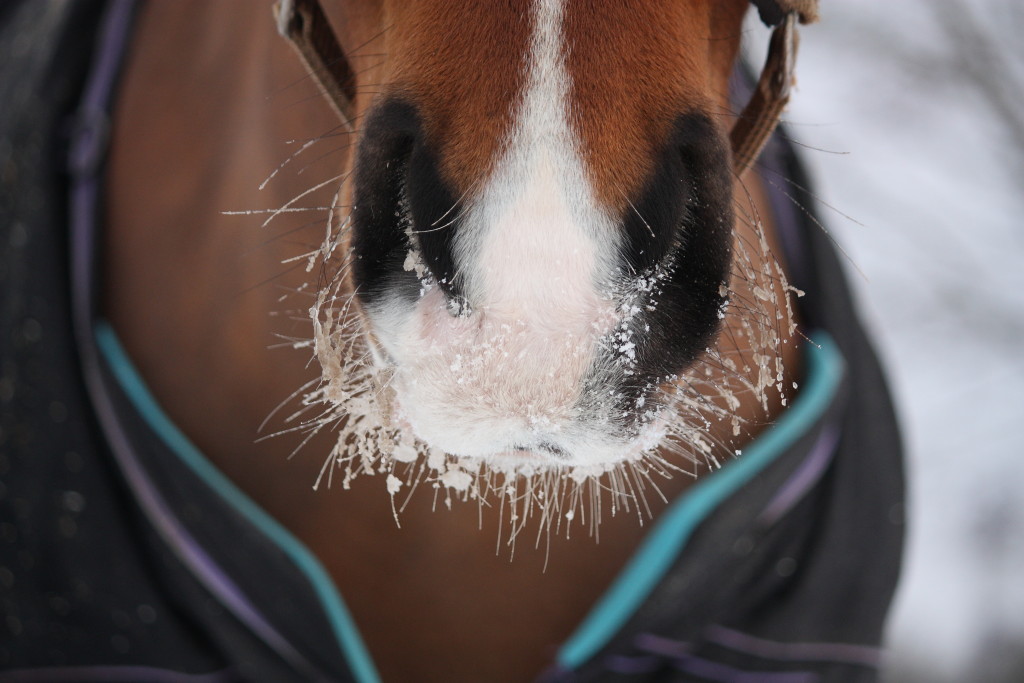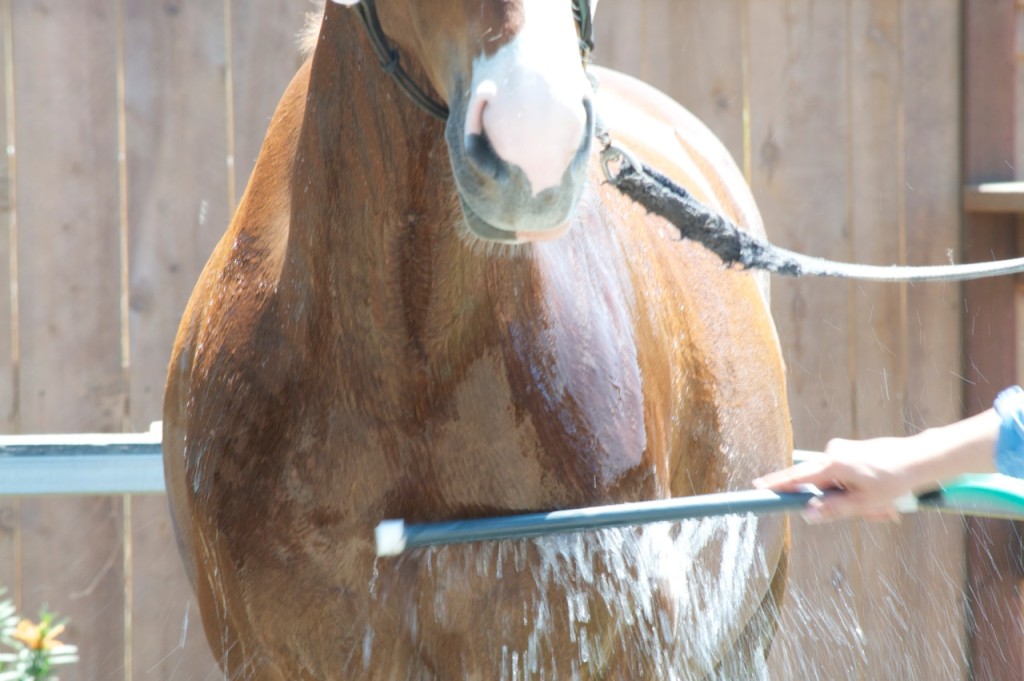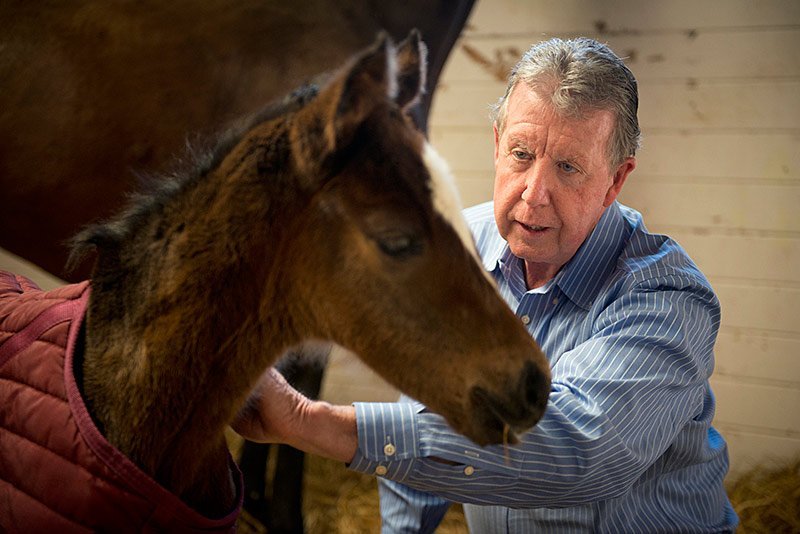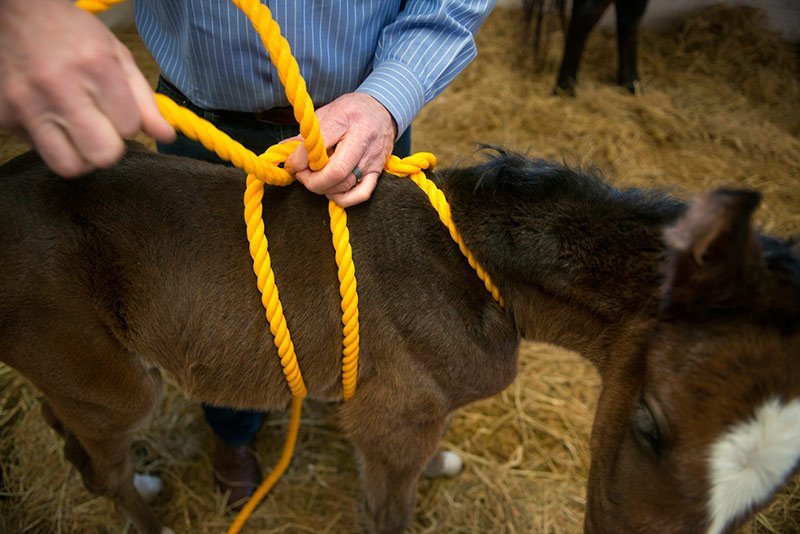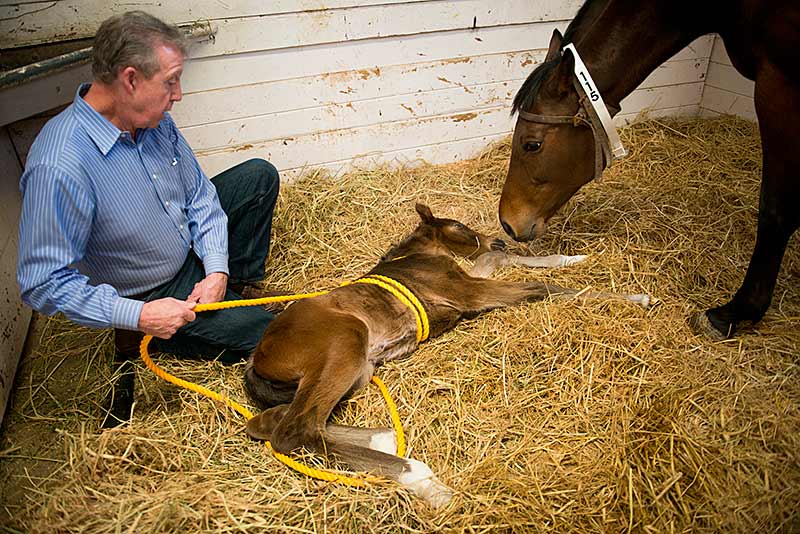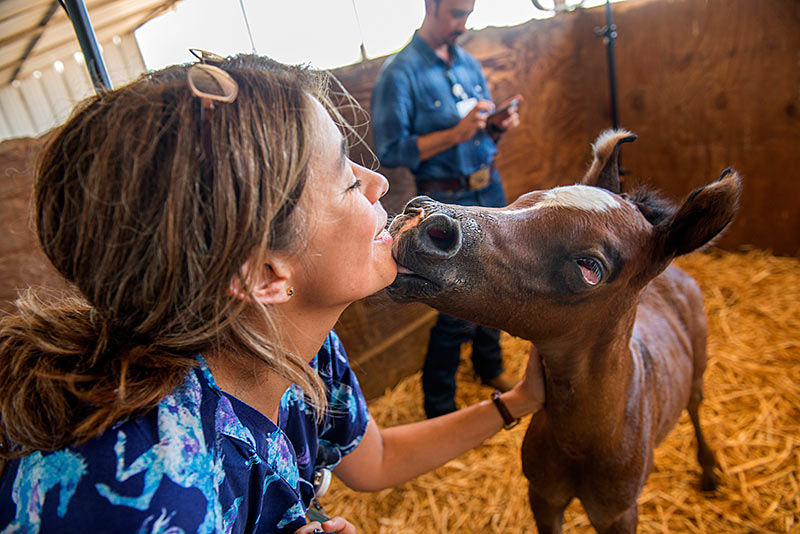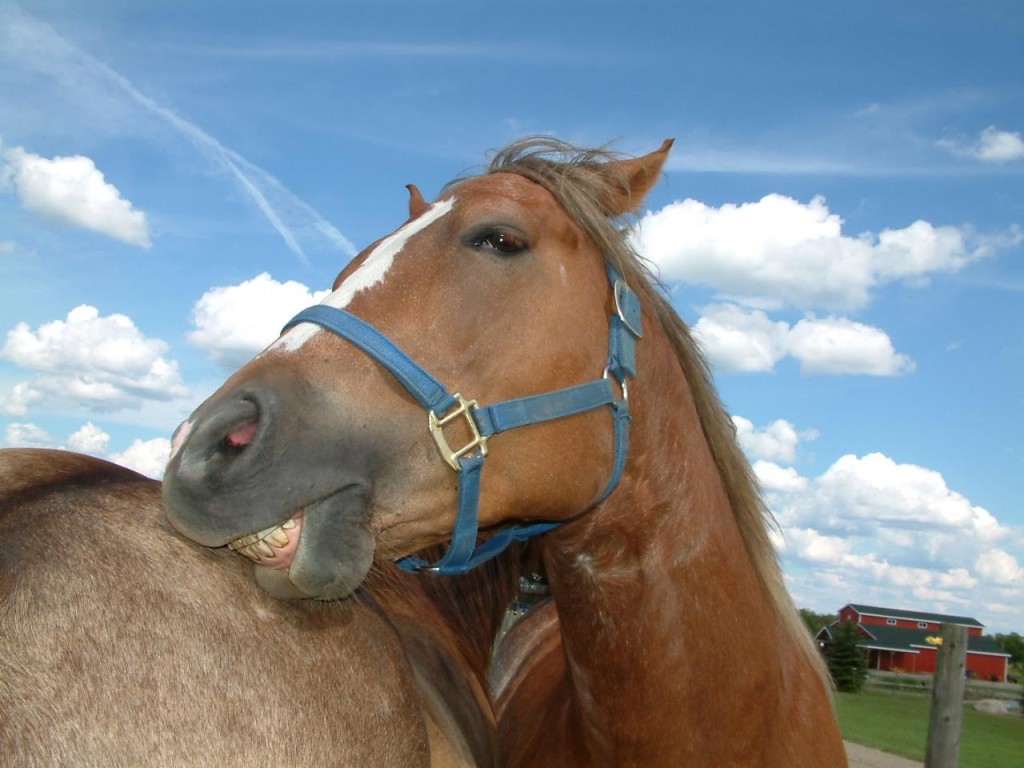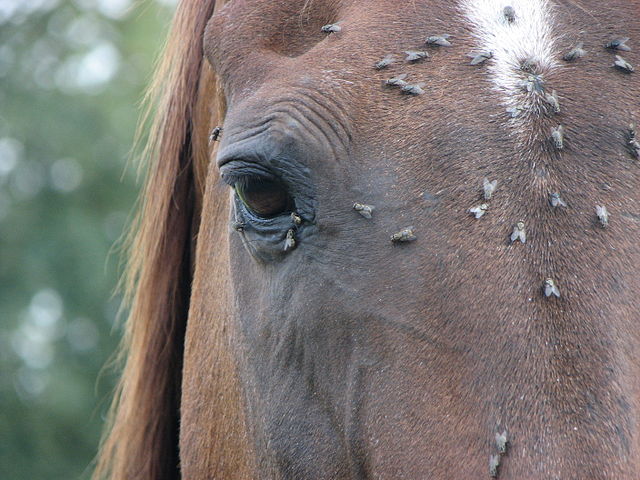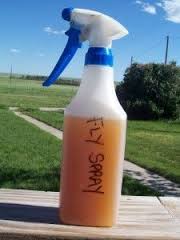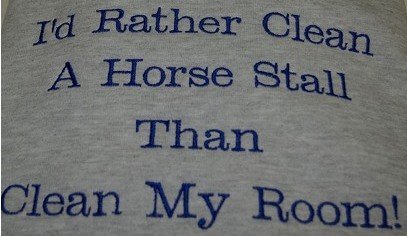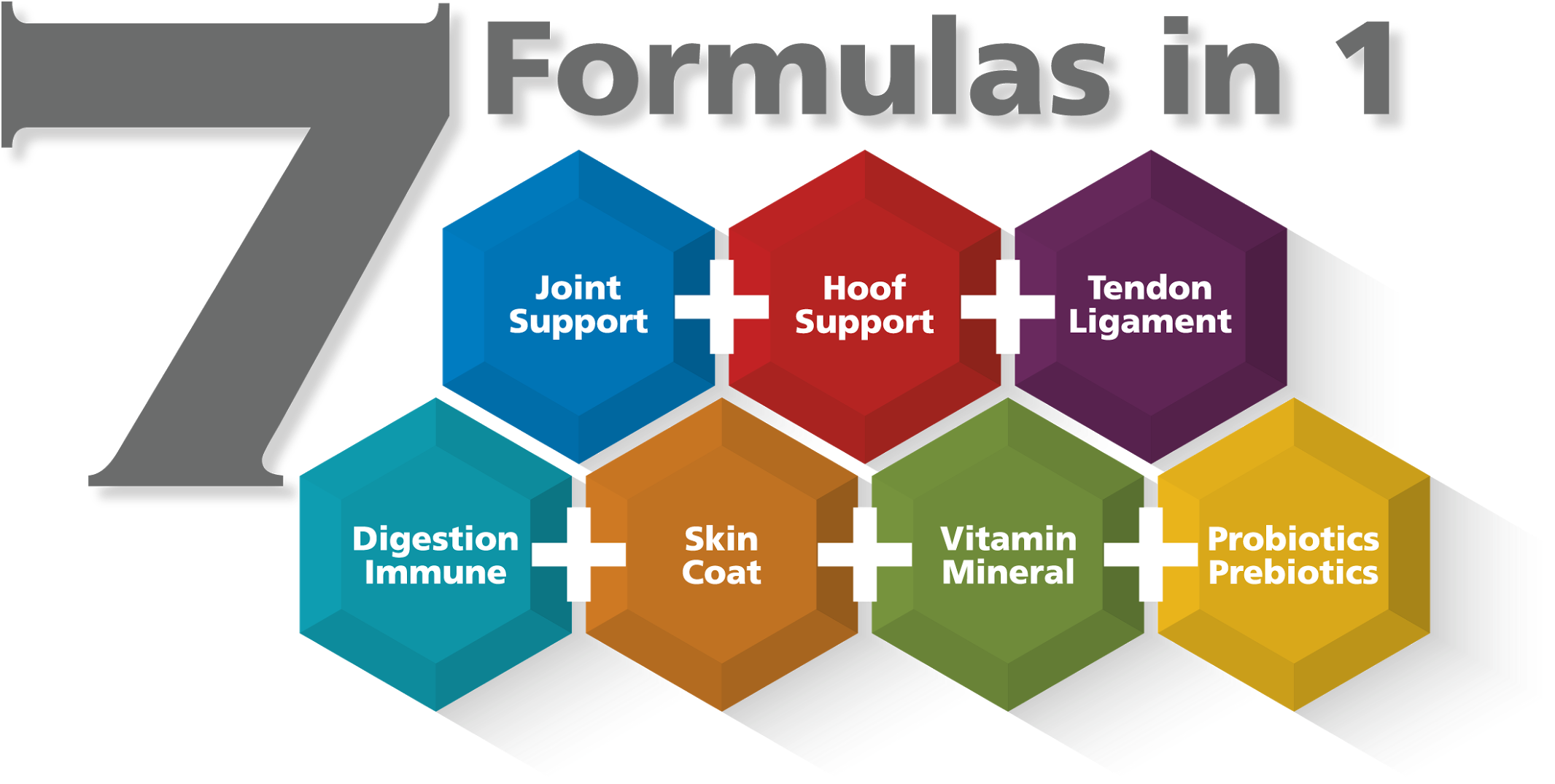Cold Weather Triggers Your Horse’s Hair to Grow?!
Does the cold weather really trigger your horse’s hair to grow?
Actually, your horse’s coat will start to grow when the amount of daylight decreases. Your horse’s coat will also start to shed as the amount of daylight increases!
Some barns choose to use this fact to change how their horses grow their coats, using barn lighting to create light before dawn and after dusk. This prevents your horse from growing a winter coat, and it can alter a mare’s estrus cycle.

